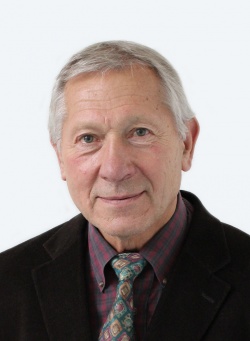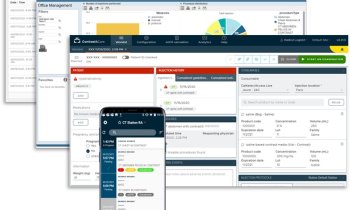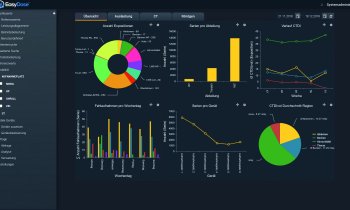OR goes digital
The entrance of PACS-Surgery
Picture Archiving and Communications systems (PACS) are well established for managing radiology images. Could this robust and mature technology now become the backbone for creating the digital operating theatre?
Report: John Brosky


In a hospital, the OT is perhaps the most expensive and labour-intensive area and it is expected that standardising procedures with the help of computer assistance will help to control costs better, as well as ensure that patients benefit from an optimal surgical interventional and treatment. Yet, the operating room is also one of the most complicated areas in a hospital with complex information processing among as many as 30 to 50 medical devices, many of which do not share data with other systems.
In Barcelona, at the end of June, the Computer Assisted Radiology and Surgery (CARS) Congress will bring together experts from radiology, surgery, engineering, informatics and healthcare management to focus on a range of interconnected fields to shape the smart operating theatre of the future, an OT with state-of-the-art image processing and visualisation and with model-guided interventions supported by surgical navigation and robotics.
Heinz Lemke, a founder of the CARS congress and the Chair of the CARS Organising Committee, is a leading researcher and authority in the field of computer-assisted medicine. ‘Speaking about surgery generically is not useful,’ he told European Hospital. ‘We need to speak about specific surgical interventions, each of which has a characteristic workflow.’
The schematic approach that outlines each step in a surgical procedure is the fundamental logic for PACS systems, a way of organising the process for a computer. By comparison, PACS for radiology is extremely simple, he pointed out. ‘There are typically five steps of activity for a radiology workflow, and between each step you can go and have a coffee. For one specific surgical intervention we have identified 28 steps. Looking at another, there are 35 steps. For an intervention as complex as mitral valve replacement, there are as many as 480 steps. There are hundreds, even thousands of specific workflows for specific surgeries, each of which needs to be modelled,’ he said.
The goal with PACS-Surgery is not to have all information always available, as it is to have visualisations driven by the steps in the workflow, to only display what is specifically relevant to the specific activity at a specific moment. According to Elisabeth Beckmann, consultant for IT and PACS at Lanmark, the challenge is more complicated than transferring images from radiology to surgery. ‘Many other forms of information are needed, such as a pathology report at a specific moment,’ she said. ‘And, in a next step, the question becomes not only when to integrate this information, but how it should be presented in different ways to different types of people.’
Intraoperative mapping is at the heart of the approach being taken by the Innovation Centre Computer Assisted Surgery at the University of Leipzig where Prof. Lemke is senior adviser on research strategies. Funded by the German federal government, to date the Leipzig group has modelled more than a thousand workflows, he said, collaborating with research teams in Japan and the United States and coordinating an international effort to advance the digitisation of the operating theatre.
‘My role, in working as a chair for the IHE (Integrating the Healthcare Enterprise) Surgery Domain, is to bring these three projects together around the table with a focus on developing integration profiles that will serve as the basis for an international guidelines,’ he explained. Once integration profiles are established to standardise workflow for surgical interventions, it creates an opportunity for manufacturers of medical devices to implement the profiles in order to assure their diverse devices in the operating room will work together.
The CARS meeting in Barcelona will see the first conference on the human machine interface in a session called Medicine Meets Virtual Reality, jointly organised by the NextMed group and the International Foundation for Computer Assisted Radiology and Surgery (IFCARS). The international scope of work on the operating theatre of the future is reflected in the CARS congress, with dedicated sessions for the European Society of Medical Imaging Informatics, the International Society for Computer Aided Surgery and the International Society of Optics and Photonics.
PROFILE:
A professor of Computer Science, Heinz U Lemke PhD teaches and supervises research on Computer Assisted Medicine at the Technical University of Berlin. He is also Research Professor of Radiology at the University of Southern California, Senior Adviser on research strategies at the Innovation Centre Computer Assisted Surgery (ICCAS), University of Leipzig and Visiting Fellow of the Institute of Advanced Studies, Technical University of Munich. He has been the organiser of the Computer Assisted Radiology and Surgery (CARS) congresses since 1983, and editor-in-chief of the International Journal of CARS and executive director of the International Foundation for CARS.
29.04.2015











